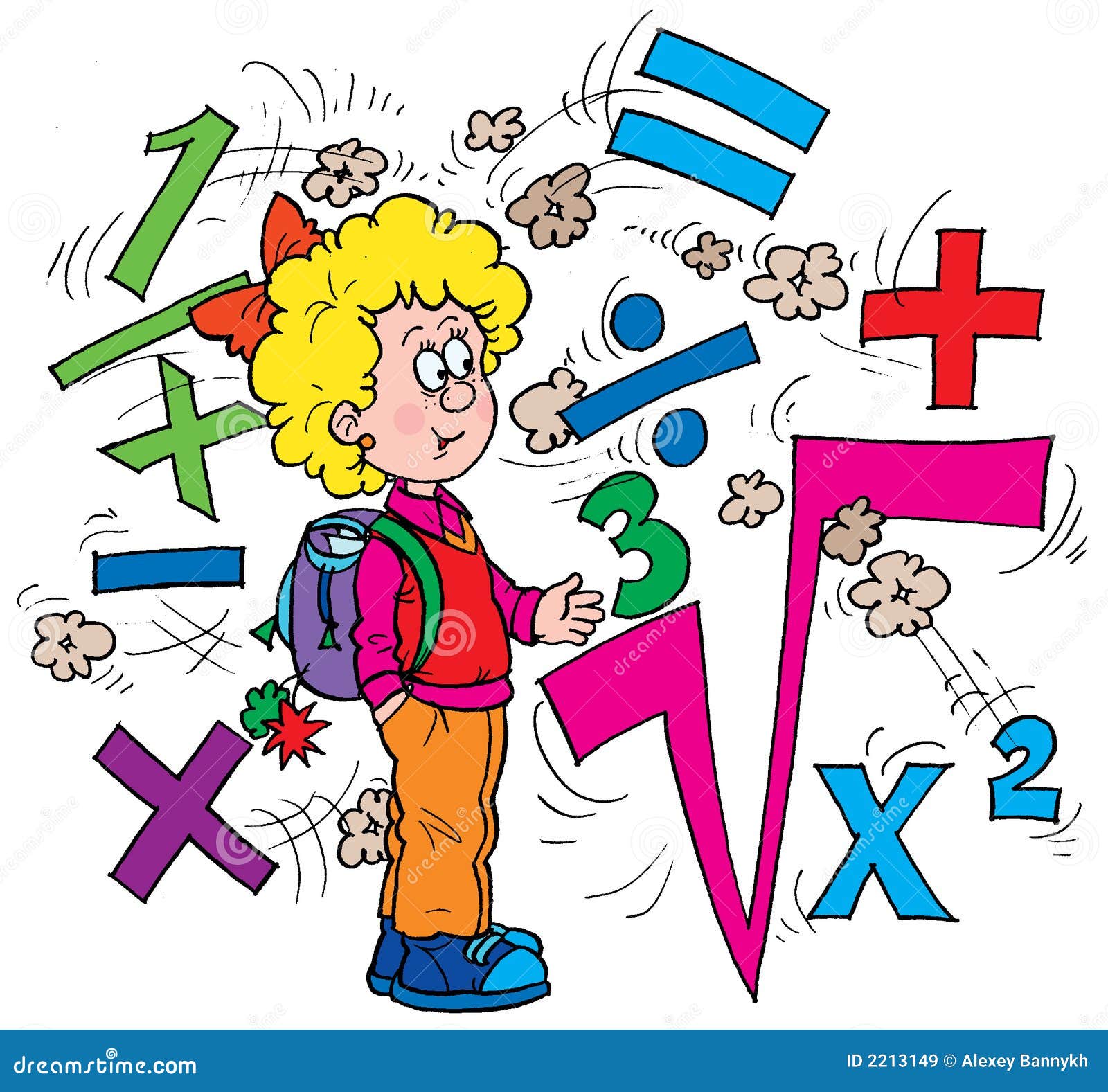MATHEMATICS
Mathematics is the study of the sciences of numbers, quantities, geometry and forms.
Mathematics is the study of the sciences of numbers, quantities, geometry and forms.
Mathematics pose problems for students within the classroom because some teachers lack the necessary skills and techniques needed to effectively engage students productively withing their classroom.
- Some teachers do not know when their teaching of maths concepts starts to become monotonous and there is no longer any need to provide manipulative and on he other hand some teachers remove manipulative too soon so students are still confuse with maths concepts.
- Some teachers do not understand the use of appropriate manipulative, so that students can concrete certain concepts easily. The use of certain manipulative may lead to worksheet too soon.
- Instead of allowing students to explore concepts in mathematics by being engaged in activities. Some teachers teach students through the use of "chalk and talk" and show the students what to do. This result in students not understanding what they are doing because the learning is not meaningful.
Teachers ought to teach students in a way that they develop a love for Mathematics so that they would change the way they view the subject. Teachers should also highlight the importance of Mathematics for students.....
Why
Is Math So Important for Kids to Learn?
Many people may ask why
learning a particular mathematical concept or skill is important. When helping
kids out with their homework, many parents may wonder the same thing. The
answer to that question is quiet simple, Mathematics is
essential for students learning because everything we do in our everyday life
is related to mathematics. Mathematics deals with solving problems,
measurement, adding, subtracting, dividing and multiplying. Parental attitudes
-- positive or negative -- can influence children’s attitudes about math, and
ultimately their performance. Therefore it is essential that we encourage our
children to excel in this area, as they will have increased functioning and
opportunities in his or her life and career as a result.
Some places where we
use Mathematics
At Home
Some people aren't even out of bed before encountering math.
Setting an alarm and hitting snooze, they may quickly need to calculate the new
time they will arise. Or they might step on a bathroom scale and decide that
they’ll skip those extra calories at lunch. People on medication need to
understand different dosages, whether in grams or milliliters. Recipes call for
ounces and cups and teaspoons --all measurements, all math. And decorators need
to know that the dimensions of their furnishings and rugs will match the area
of their rooms.
In Travel
Air travelers need to know departure times and
arrival schedules. They also need to know the weight of their luggage unless
they want to risk some hefty baggage surcharges. Once on board, they might
enjoy some common aviation-related math such as speed, altitude and flying
time.
At School
Students can’t avoid math -- most take it every day. However,
even in history and English classes they may need to know a little math.
Whether looking at time expanses of decades, centuries or eras or calculating
how they’ll bring that B in English to an A, they’ll need some basic math
skills.
At work
Jobs in business and
finance may require sophisticated knowledge of how to read profit and earning
statements or how to decipher graph analyses. However, even hourly earners will
need to know if their working hours times their rate of pay accurately reflects
their paychecks.
At the Store
The use of mathematics is important to calculate if you are really
getting the discount they say you are getting. Whether buying coffee or a car, basic
principles of math are in play. Purchasing decisions require some understanding
of budgets and the cost and affordability of items from groceries to houses.
Short-term decisions may mean only needing to know cash-at-hand, but bigger
purchases may require knowledge of interest rates and amortization charts.
Maths can be found everywhere............








No comments:
Post a Comment